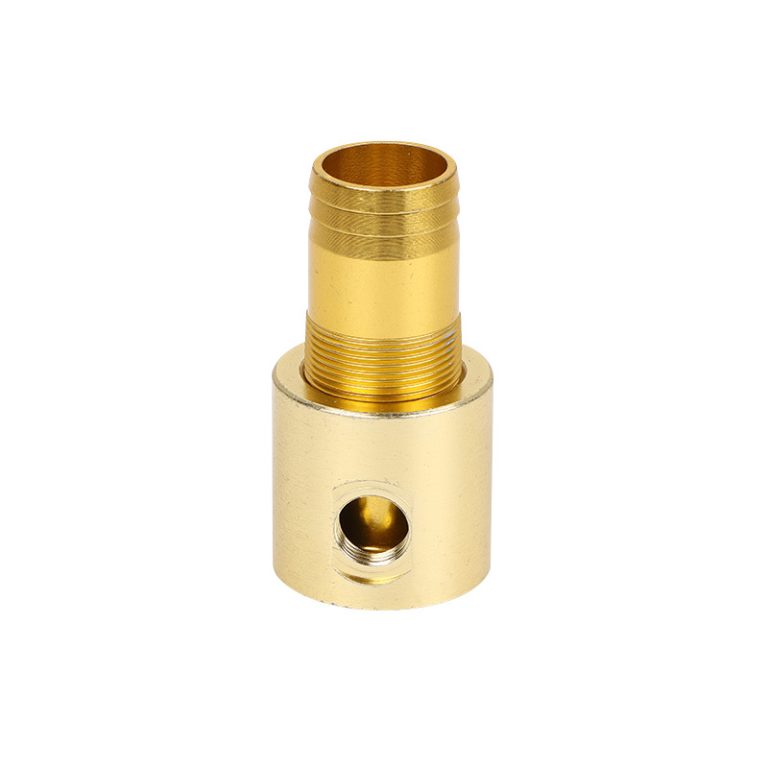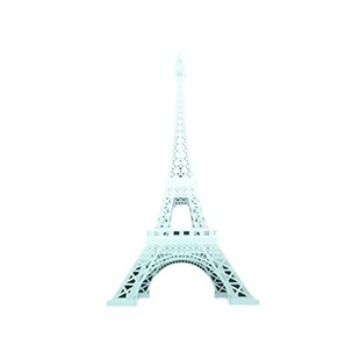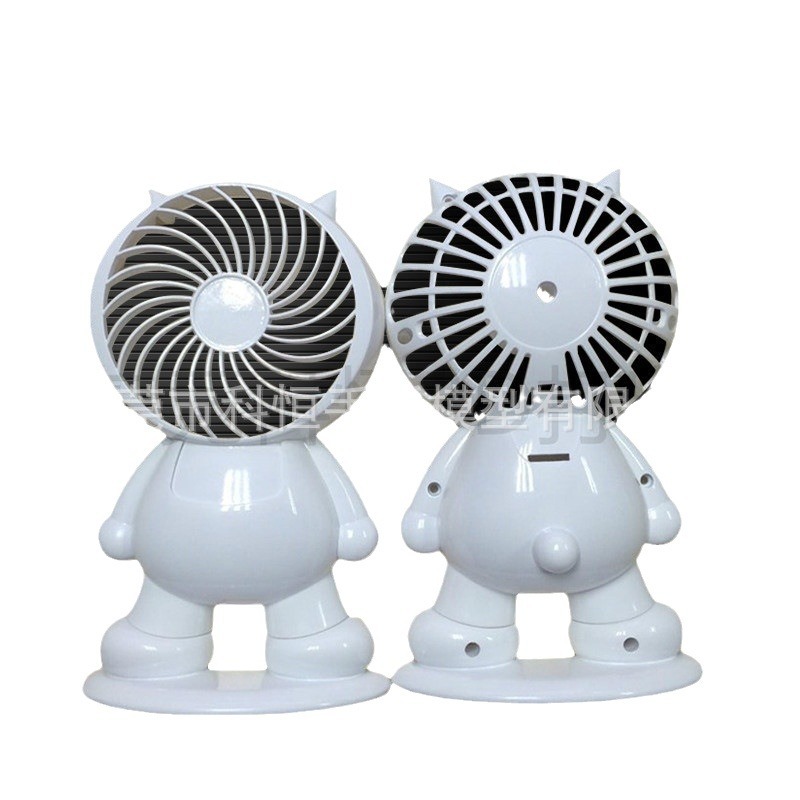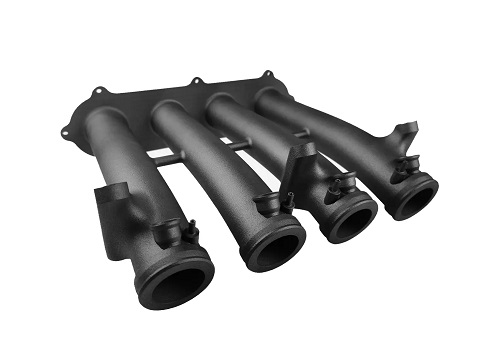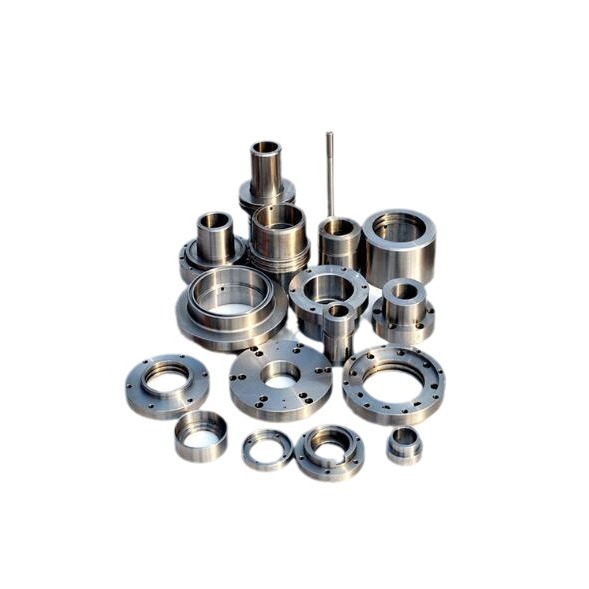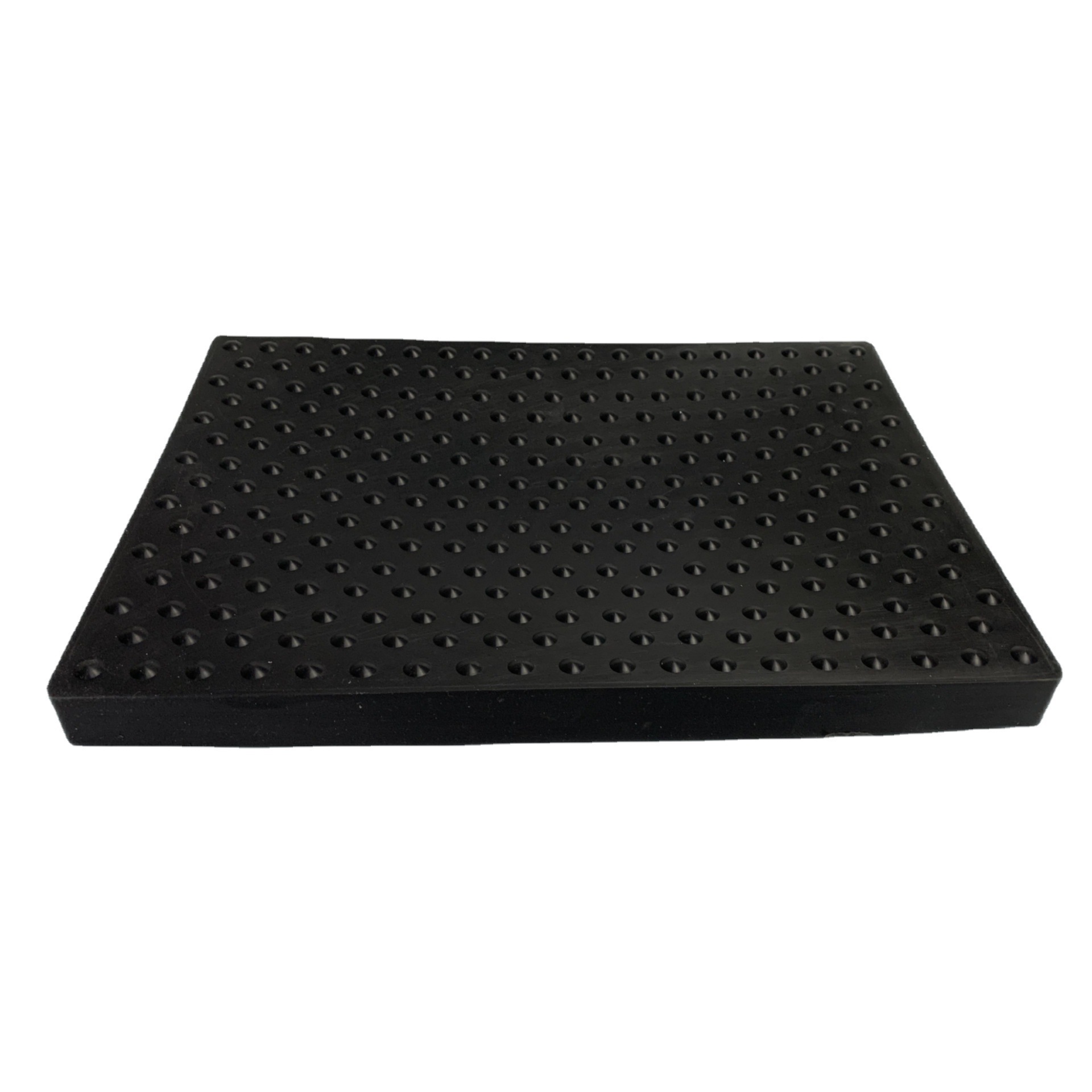Introduction to Metal 3D Printing
Metal 3D printing, or metal additive manufacturing (AM), is reshaping the landscape of modern manufacturing and engineering. This technology enables the creation of intricate metal parts directly from digital models, bypassing the limitations of traditional manufacturing methods such as machining, casting, or forging. Metal 3D printing allows for the production of lightweight, complex components with reduced production time, minimized material waste, and the ability to create geometries that are difficult or impossible to produce through conventional techniques. Its growing adoption across industries like aerospace, automotive, medical, and tooling signals a major shift towards more flexible, efficient, and customizable manufacturing processes.
Definition and Principles
Metal 3D printing involves the layer-by-layer addition of metal material to build up a three-dimensional object from a digital file. Unlike traditional manufacturing, which removes material (subtractive processes like milling or drilling), metal 3D printing adds material exactly where it's needed, making it a more efficient process. This technology can produce highly complex shapes with internal structures (such as lattices or cooling channels) that would be difficult, if not impossible, to achieve with traditional methods. It offers significant flexibility in terms of design complexity, material properties, and customization, opening new opportunities for industries that demand high performance and precision.
Historical Development
The roots of 3D printing go back to the 1980s when Charles "Chuck" Hull invented stereolithography (SLA), the first commercial 3D printing process. While early 3D printing was primarily used for prototyping, metal additive manufacturing emerged much later. Initial metal 3D printing technologies faced challenges in terms of material quality, speed, and cost-effectiveness. However, over the past two decades, advances in laser technology, CAD software, materials science, and printer capabilities have made metal 3D printing a mainstream technology. The aerospace sector, in particular, was quick to adopt these technologies for producing lightweight, complex, and high-performance parts. Since then, adoption has expanded across many sectors, driven by the promise of faster production times, cost savings, and design freedom.
Processes and Techniques
1. Powder Bed Fusion (e.g., Selective Laser Melting - SLM)
Selective Laser Melting (SLM) is one of the most widely used metal 3D printing techniques. It works by selectively melting metal powder using a high-powered laser, fusing the powder particles together to form a solid part. The process occurs in a bed of powder, usually composed of materials like stainless steel, titanium, or aluminum. After each layer is melted and solidified, a new layer of powder is spread over the surface, and the process repeats layer by layer.
This technique is particularly useful for producing complex geometries and high-strength parts in industries such as aerospace, medical, and automotive.
2. Directed Energy Deposition (DED)
Directed Energy Deposition (DED) is another metal 3D printing method where a focused energy source (laser, electron beam, or plasma arc) is used to melt metal feedstock (powder or wire) as it is deposited onto a substrate. DED allows for the creation of both new parts and the repair or additive manufacturing of features on existing components. This method is highly versatile and is used in applications requiring the deposition of high-performance alloys, metal coatings, or large-scale parts.
3. Binder Jetting
In Binder Jetting, a liquid binding agent is selectively sprayed onto a bed of metal powder, fusing the powder particles into a solid structure. Once the part is printed, it typically undergoes a post-processing step like sintering or infiltration to enhance its mechanical properties. Binder jetting is particularly advantageous for high-throughput production and can use a variety of metal powders. It is often employed for large parts or for creating components that require intricate designs at a lower cost compared to other methods.
Materials Used in Metal 3D Printing
1. Stainless Steel
Stainless steel is one of the most commonly used materials in metal 3D printing due to its excellent strength, corrosion resistance, and biocompatibility. It is widely used in medical implants, surgical instruments, and food processing equipment. Stainless steel parts can be polished to a high finish, making them suitable for decorative applications as well.
2. Titanium Alloys
Titanium alloys are favored for their high strength-to-weight ratio and superior biocompatibility, which makes them ideal for aerospace and medical applications. These alloys are used to create lightweight but durable parts such as aircraft components and orthopedic implants, with the ability to integrate complex internal geometries that optimize strength while minimizing weight.
3. Aluminum Alloys
Aluminum alloys are valued for their lightweight properties, good thermal conductivity, and high strength relative to their weight. Commonly used in the automotive and aerospace industries, aluminum is often chosen for parts like engine components, heat exchangers, and manifolds. Metal 3D printing allows for the creation of aluminum parts with optimized designs that enhance both performance and efficiency.
4. Specialty Metals
Other specialty metals used in metal 3D printing include:
- Cobalt-chrome: Used in medical implants for its wear resistance and biocompatibility.
- Nickel-based alloys: Known for their high-temperature resistance and corrosion resistance, suitable for components like turbine blades.
- Precious metals (e.g., gold and silver): Often used for jewelry, dental applications, and other products requiring aesthetics and precision.
Applications Across Industries
1. Aerospace and Aviation
In the aerospace and aviation industries, metal 3D printing plays a critical role in producing lightweight, high-strength parts with complex geometries that would be difficult to achieve with traditional manufacturing techniques. Examples include:
- Optimized brackets, frames, and housings that reduce weight and improve fuel efficiency.
- Turbine blades and engine components that can withstand high temperatures and pressure.
- Rapid prototyping of aircraft components for faster development cycles and cost-effective testing.
2. Automotive Industry
The automotive industry benefits from metal 3D printing by enabling:
- Rapid prototyping of end-use parts like brackets, gears, and exhaust systems, helping to speed up the design process.
- Custom parts tailored for performance or electric vehicles (EVs), such as battery enclosures and heat sinks that improve efficiency and longevity.
- Lightweight components that reduce overall vehicle weight, enhancing fuel efficiency and vehicle dynamics.
3. Medical and Dental
In medical and dental applications, metal 3D printing enables the production of:
- Custom implants and prosthetics tailored to individual patients, improving fit, comfort, and function.
- Orthopedic implants like hip replacements and spinal cages that are designed for optimal biomechanical performance.
- Dental applications like crowns, bridges, and dentures that offer superior fit and aesthetics compared to traditional methods.
4. Tooling and Mold Making
In tooling and mold making, metal 3D printing is revolutionizing the production of:
- Injection molds, dies, and jigs that would be difficult or impossible to manufacture with traditional methods.
- Complex mold geometries that improve the cooling of molded parts, leading to faster production cycles and lower costs.
Impact on the Future of Manufacturing
The widespread adoption of metal 3D printing technologies is poised to transform the manufacturing landscape. These technologies allow companies to:
- Reduce production time by eliminating the need for tooling, molds, or machining.
- Minimize material waste by building parts layer by layer, using only the necessary material.
- Enhance design flexibility by allowing the creation of complex and customized parts that were previously infeasible with traditional techniques.
- Enable rapid prototyping, which accelerates the development cycle and reduces time-to-market.
As technology continues to evolve, metal 3D printing is expected to become more efficient, cost-effective, and capable of producing even more innovative solutions across industries.
FAQs
What are the main advantages of metal 3D printing over traditional manufacturing methods?
Metal 3D printing offers several distinct advantages:
- Reduced production time: Parts can be produced in a fraction of the time compared to traditional methods.
- Lower material waste: The additive nature of 3D printing uses only the material necessary for the part.
- Design flexibility: Complex, custom designs that are not possible with traditional methods can be realized.
- Customization: Parts can be tailored for specific applications or individual needs, especially in industries like healthcare.
What are some common challenges associated with metal 3D printing?
Some challenges of metal 3D printing include:
- High initial cost: Metal 3D printers and materials can be expensive.
- Speed limitations: For large-scale production, metal 3D
printing can still be slower than traditional manufacturing.
- Quality control: Ensuring consistent part quality requires careful monitoring and post-processing.
- Material limitations: Not all metals are suited for 3D printing, and some require specialized post-processing.
How is metal 3D printing being used in the aerospace industry?
In aerospace, metal 3D printing is used for:
- Lightweight parts that improve fuel efficiency.
- Complex geometries for improved performance, such as intricate turbine blades.
- Rapid prototyping for faster design and testing cycles.
- On-site repairs of parts, extending the life of expensive components.
Can metal 3D printing be used for mass production?
While metal 3D printing is primarily used for low-volume, high-complexity production, advances in technology are making it increasingly viable for mass production. With continuous improvements in speed, cost, and material availability, industries like automotive and consumer electronics are exploring ways to incorporate metal 3D printing into their mass production workflows to capitalize on its design flexibility and cost-saving potential.
